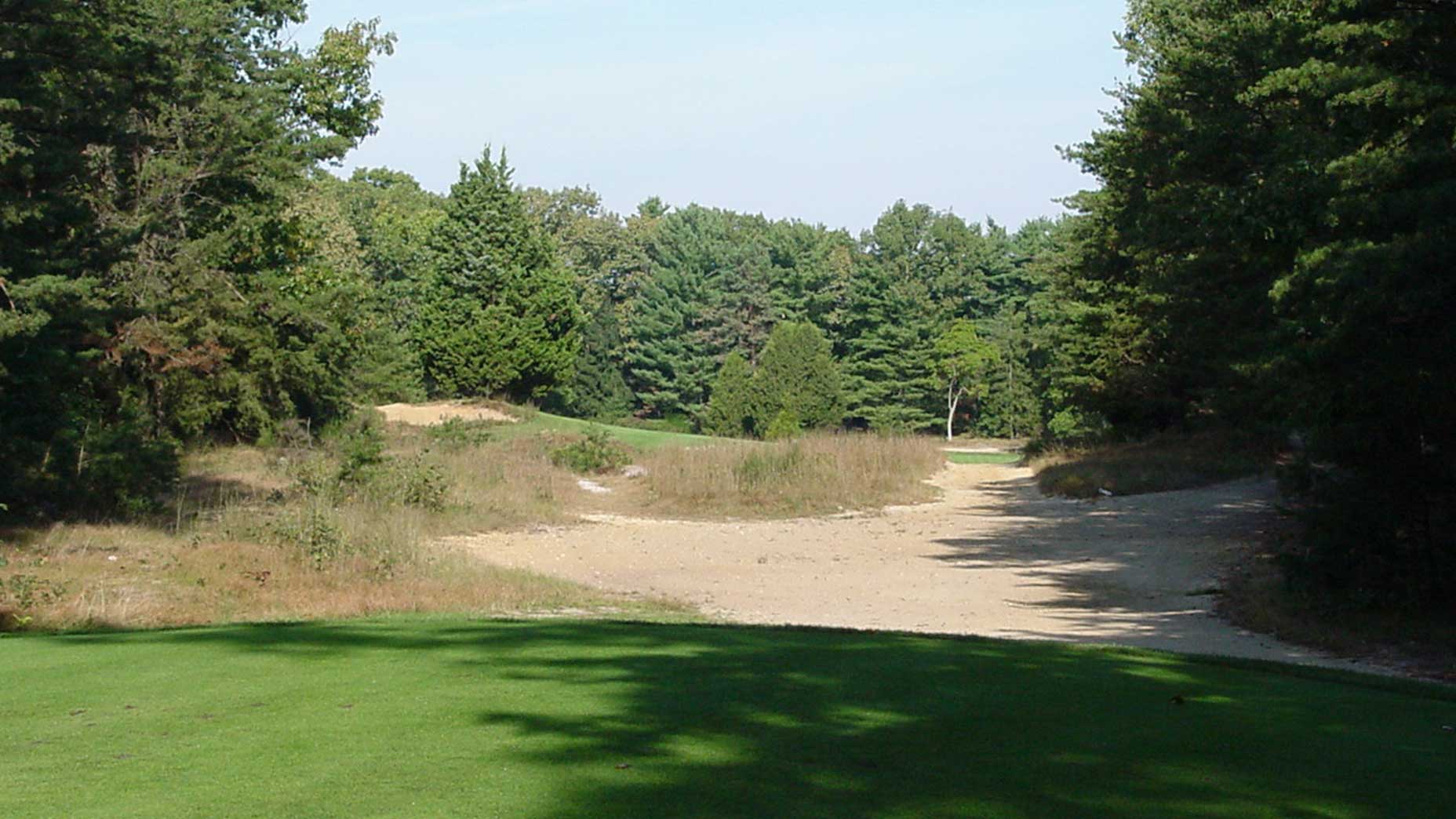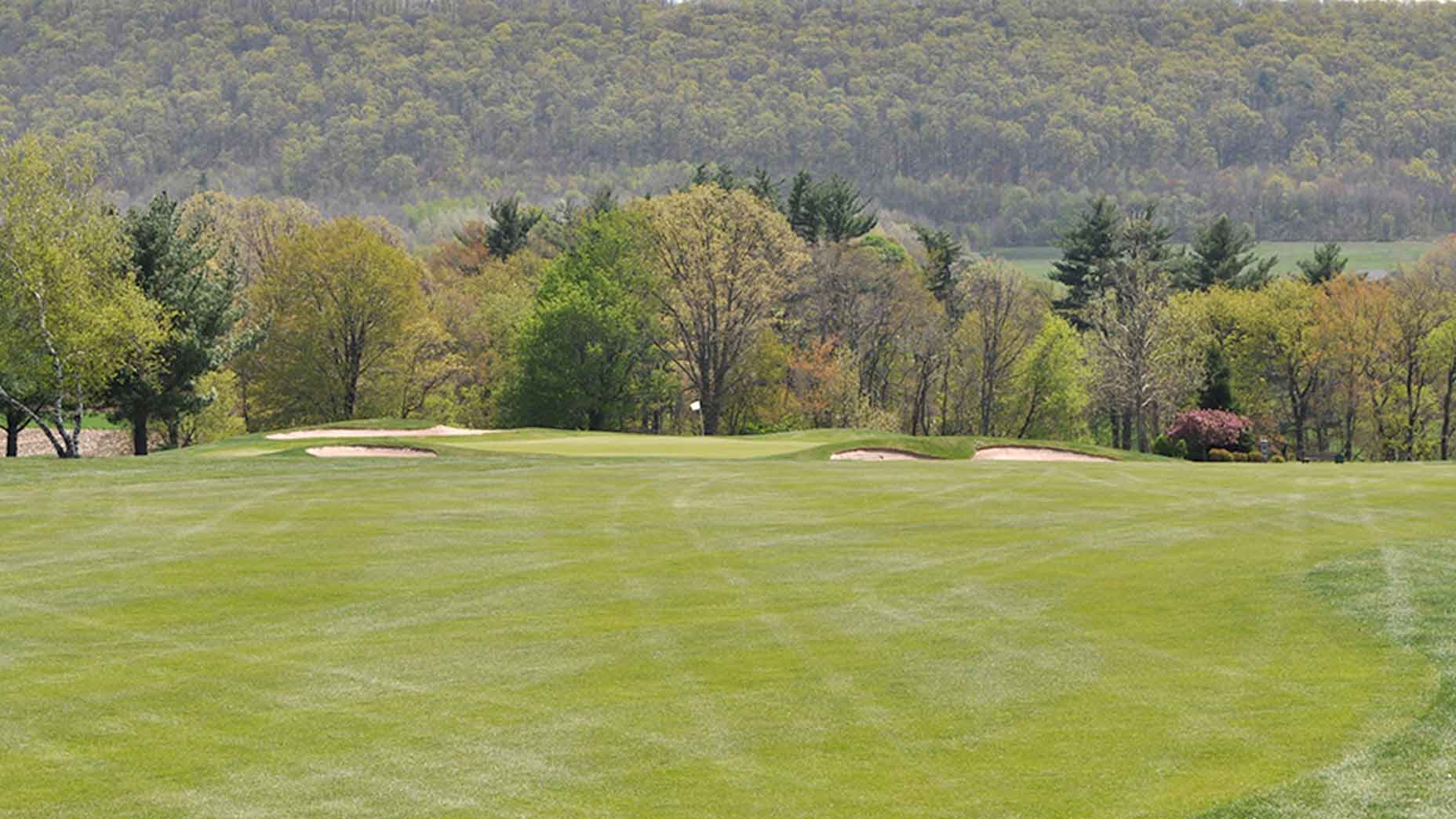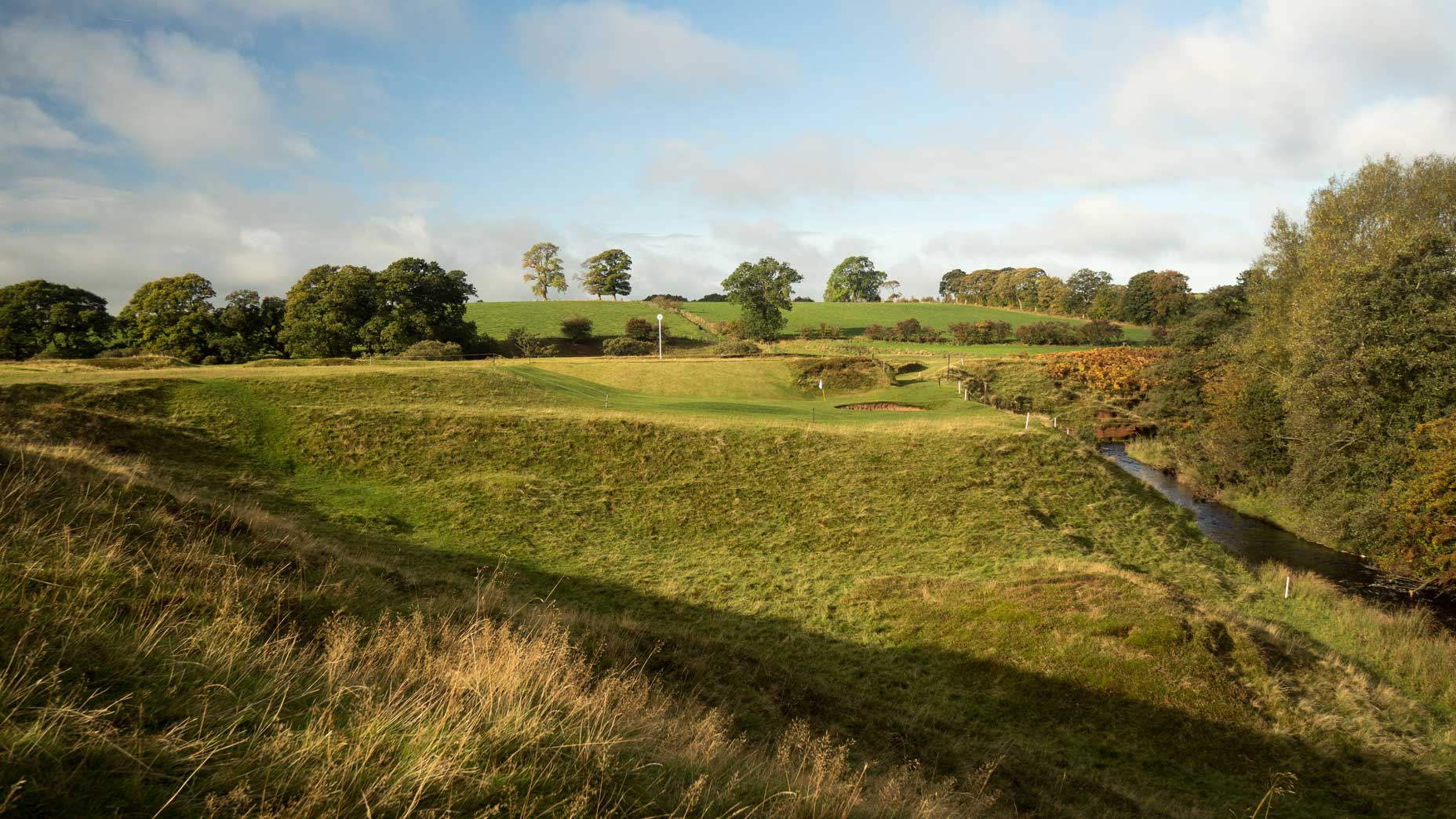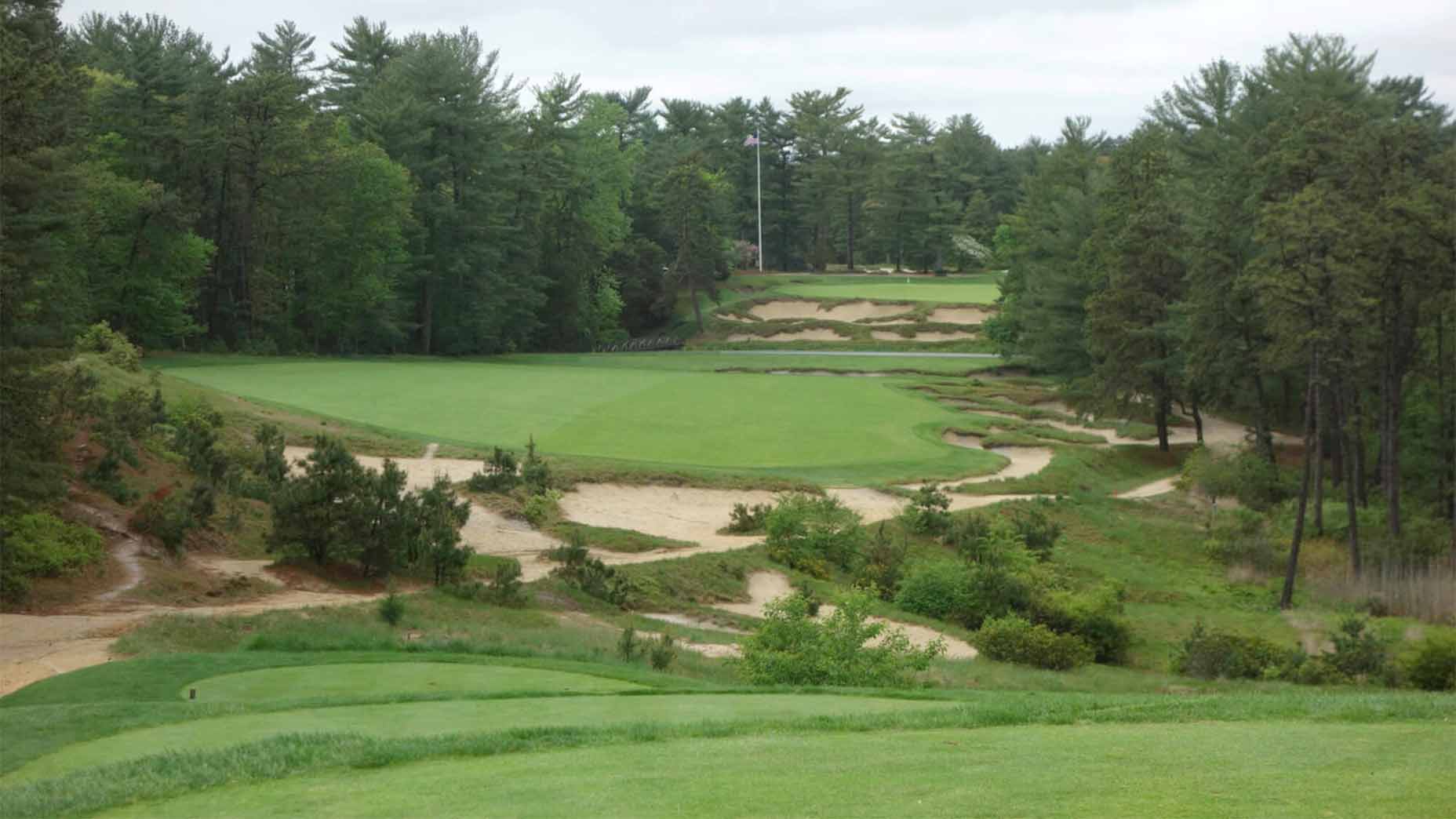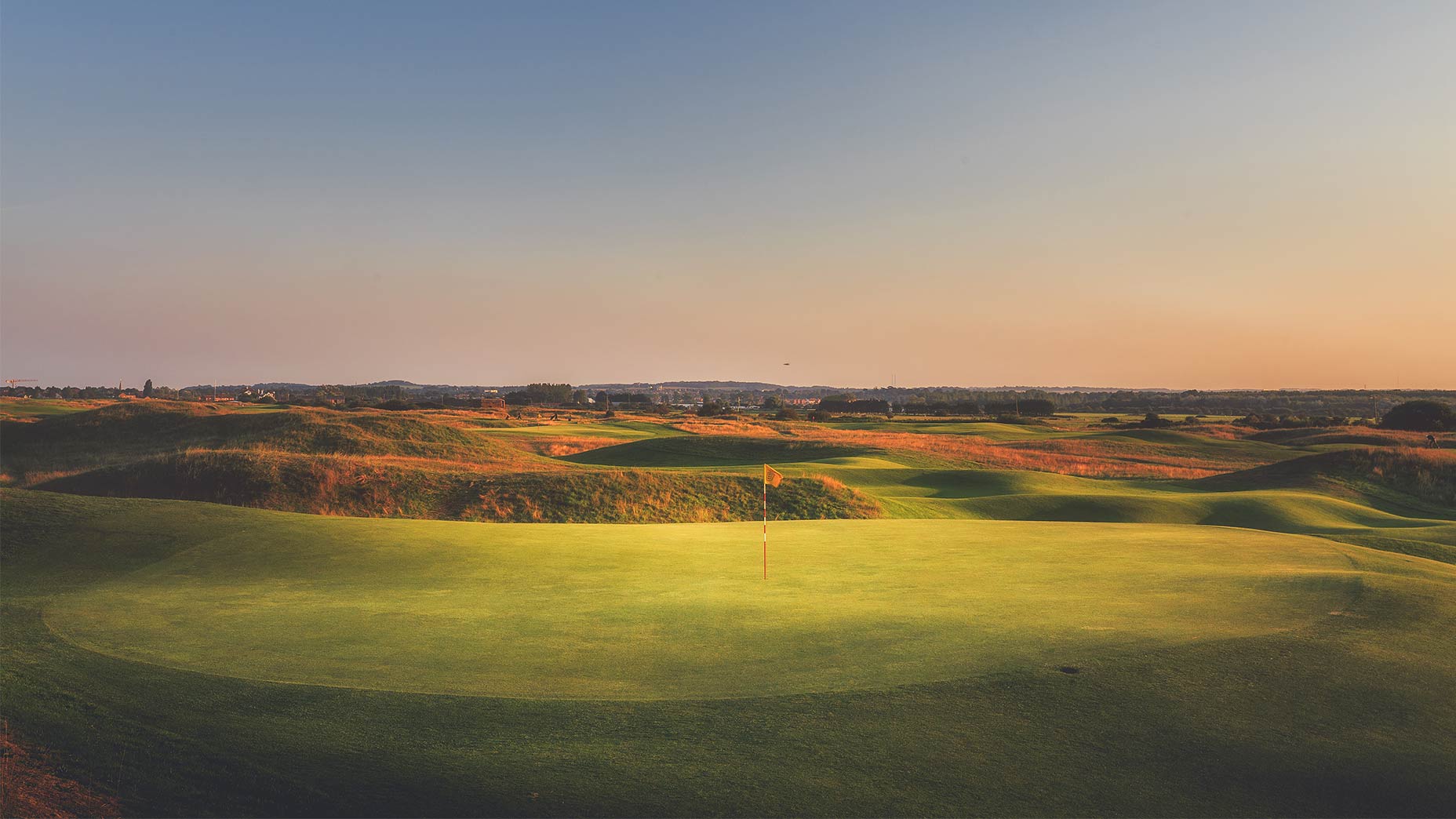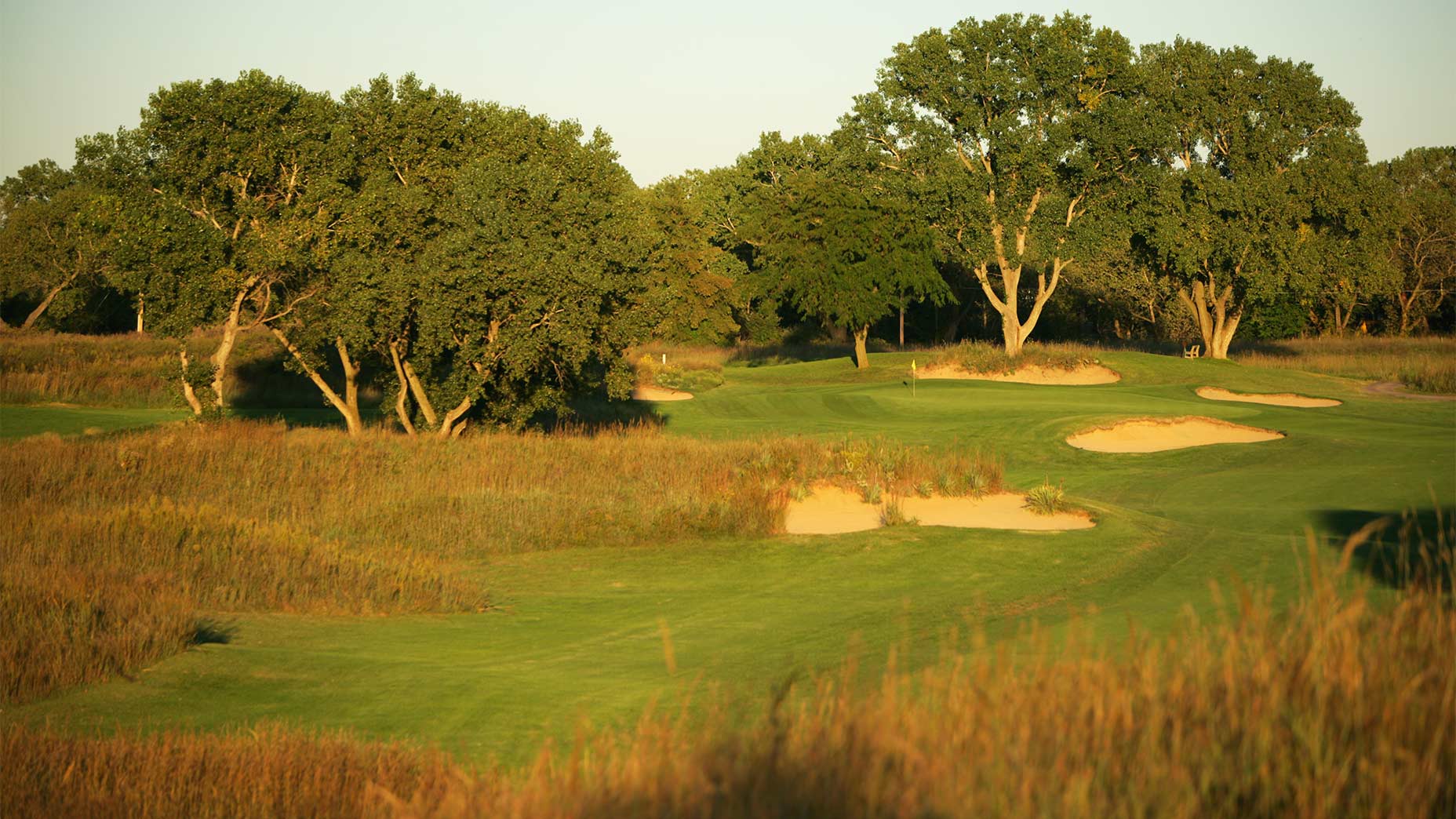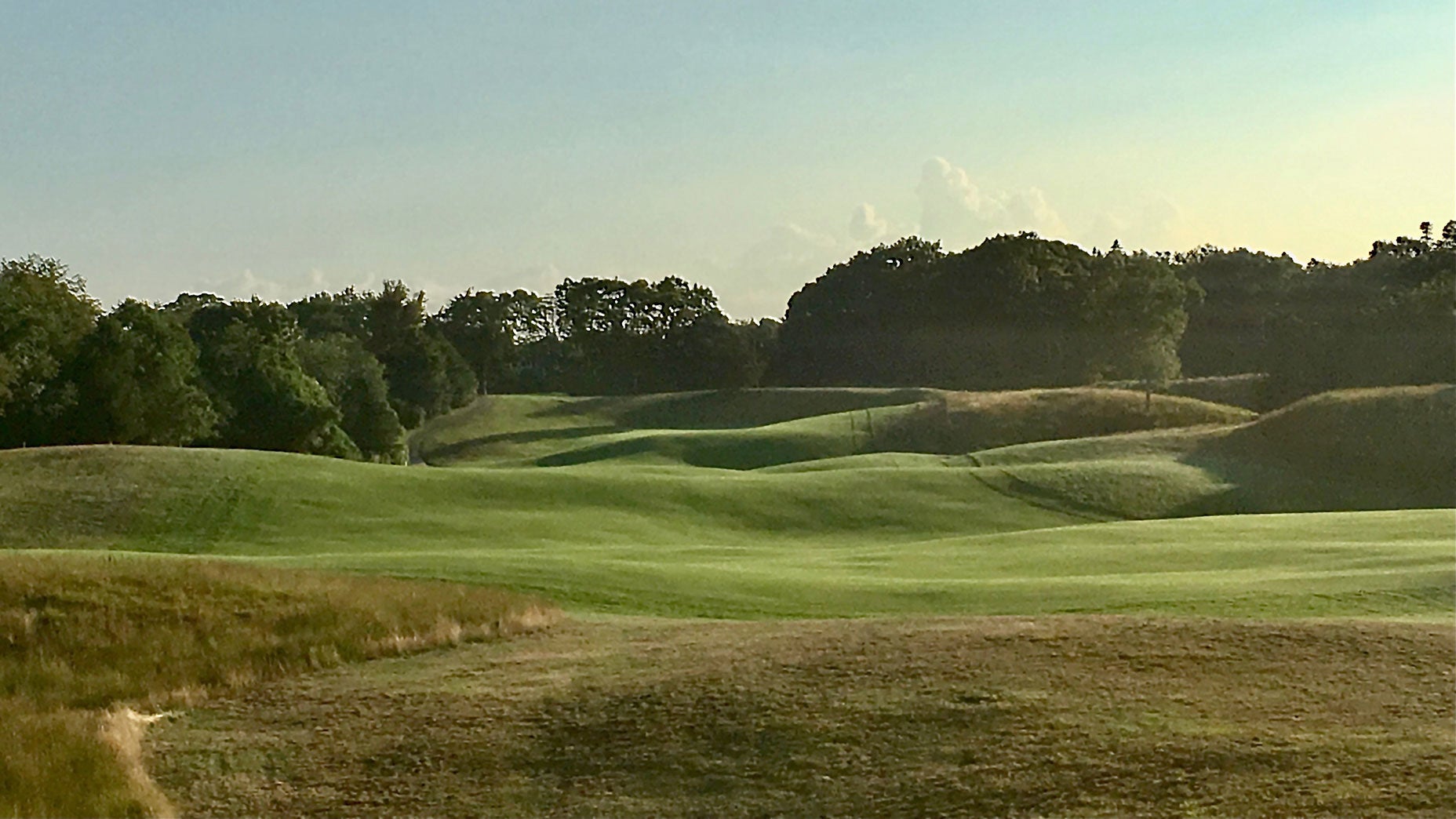The best hole I ever played: This short par-4 forces golfers to answer one crucial question
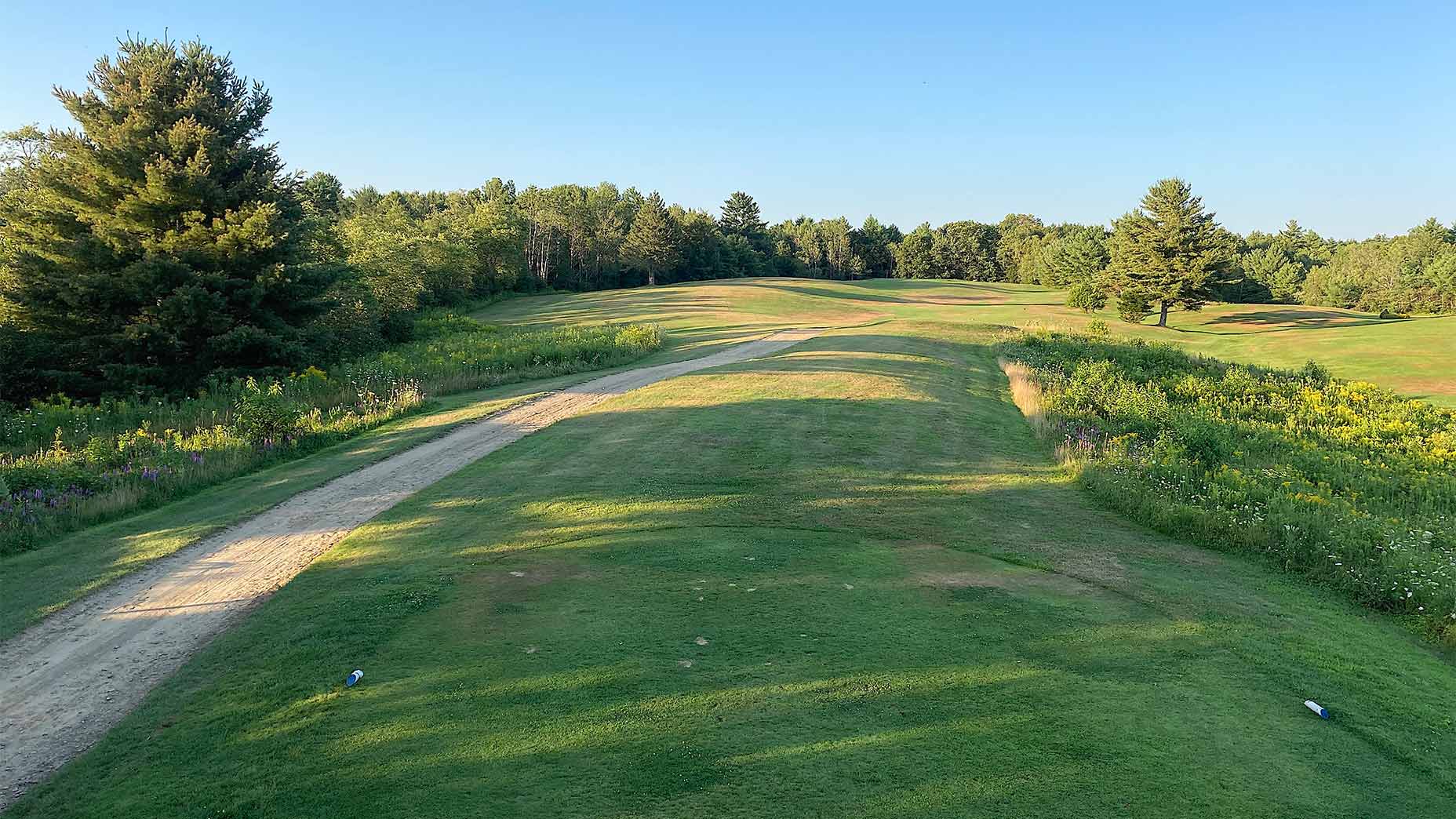
A view from the tee box at Springbrook Golf Club in Maine.
Courtesy Photo
Our knowledgeable crew of course raters have stuck pegs in the ground just about everywhere. But which holes stand out as the greatest they’ve ever played? We asked them, and they replied with love letters about their faves. This offering comes from Hal Phillips.
First, the caveats. The 5th at Springbrook Golf Club in Leeds, Maine, is not my favorite hole in the whole wide world, nor is it in any way larded with historical significance — or any sort of cachet really. But its design (by a local pro, Al Biondi, in the early 1960s) beautifully illustrates what a short par-4 can and should ask of a player.

At just 350 yards and playing uphill, it’s reachable for some, I suppose. But honestly, when we talk about “short par-4s,” the risk/reward for 99 percent of golfers (including my 55-year-old self) has nothing to do with potentially driving the green. Like the 10th at Riviera, the question is how you best pitch it close for a chance at 3. And that often depends on what you do best (or worst). Taking all that into account is difficult from an architect’s perspective. But Biondi pulls it off several times at Springbrook.
The 5th fairway is plenty wide but there is a rounded ridge to the left that gently ramps up the full length of the hole. It terminates, at grade, with the green complex itself. If you can find this ridge with your drive, you’ll be able to play your approach from more or less the same elevation as the green. But the putting surface is extremely narrow from that vantage point. Missing right or left can mean a very difficult chip, where suddenly you’re worried about making 4, 5 or even 6.
The fairway falls off steeply from this left-lying ridge, but there’s no trouble down to the right. What’s more, from this angle the green is quite wide. But it is also exceedingly shallow. An uphill approach from below this target is very difficult to judge.
This hole essentially plays like a mini-volcano, with one difference: The player can choose to play left and pitch from a level lie to a narrow, deep target — or go right and play uphill to a wide, shallow target. It begs a simple but crucial question of each player: With a wedge in your hand, are you more comfortable/effective hitting the ball straight, or precisely judging and executing your distance?

It’s a genius bit of design that requires real thought, while also allowing a golfer to play to his or her strengths, or perhaps avoid a weakness.
I was in North Carolina in early August and had the pleasure of playing Wade Hampton Golf Club with my fellow panelist Adam Messix. He mentioned that the short par-4 12th there was architect Tom Fazio’s favorite hole. It deploys the same gambit as No. 5 at Springbrook: Keep it left and pitch to a deep, narrow target — or bail right and play to a wide, shallow target. I would argue the 5th at Springbrook better builds on this dynamic by asking far more of the golfer from the tee: Straddling that left ridge isn’t easy. So, score one for Biondi and Springbrook, which, at 20 bucks after 3 p.m., also delivers one of the great golfing values in all of New England.

